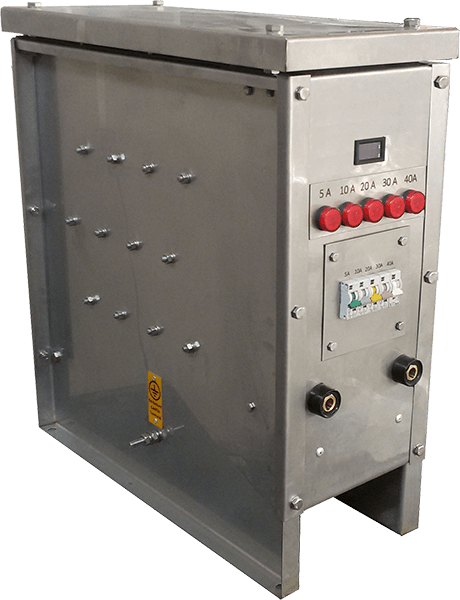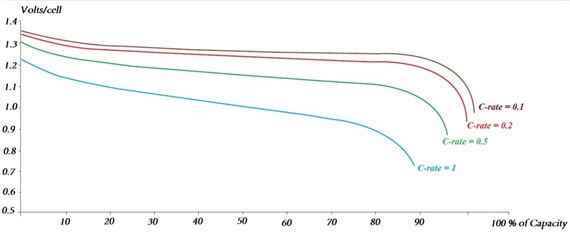Batteries are essential part of most power supplies, including telecommunication and communication systems, which should be able to provide continuous and sustainable power in all conditions. Batteries are often used in places where safety and security are essential. In these places, sustainable power has to be supplied even when a fault occurs. Hospitals, data centers, offshore oil platforms, continuous industrial processes and emergency systems are among these.
Unloading voltage and impedance measurements cannot be a good measure for determining battery health. Therefore, battery discharge testing through industrial resistors before installation, commissioning and periodic inspection can be a good measure of battery health and the probable need for battery replacement. In addition to testing batteries, repairing, storing and maintaining the working cycle of AC to DC converters, can be other reasons for the discharge of industrial batteries and capacitors.
Advantages of testing resistors and discharging of industrial batteries
- To determine the health of the battery
- Rapid battery discharge and industrial capacitance without arcing and damage to equipment
- to Increase personnel safety during unloading
- More control over discharge speed
- Maintaining the working temperature of the source during discharge


Main Specifications Battery Discharger
The main specifications of the battery discharger are mainly the rated voltage, the discharging current, the number of resistance steps and the rated resistance of each step. The discharge current is determined by the discharge rate (C-rate) and the rated capacity of the battery in terms of ampere-hours (A.h):
C-rate = Discharging Current / Rated Capacity
Industrial batteries are made up of smaller cells connected together. When discharging, the voltages of these cells and consequently total battery voltage is reduced. An example of the discharging curve of a cell is given in the following graph. In order to discharge or test the battery safely and quickly, resistors are mainly designed in the form of multi-steps. To determine the rated resistance and rated current of each step, the type of discharge (constant current or constant power) and the final battery voltage (battery drain depth) are required.
Paarsun Co. has the ability to design and manufacture a variety of battery dischargers and battery testers based on customer order.

